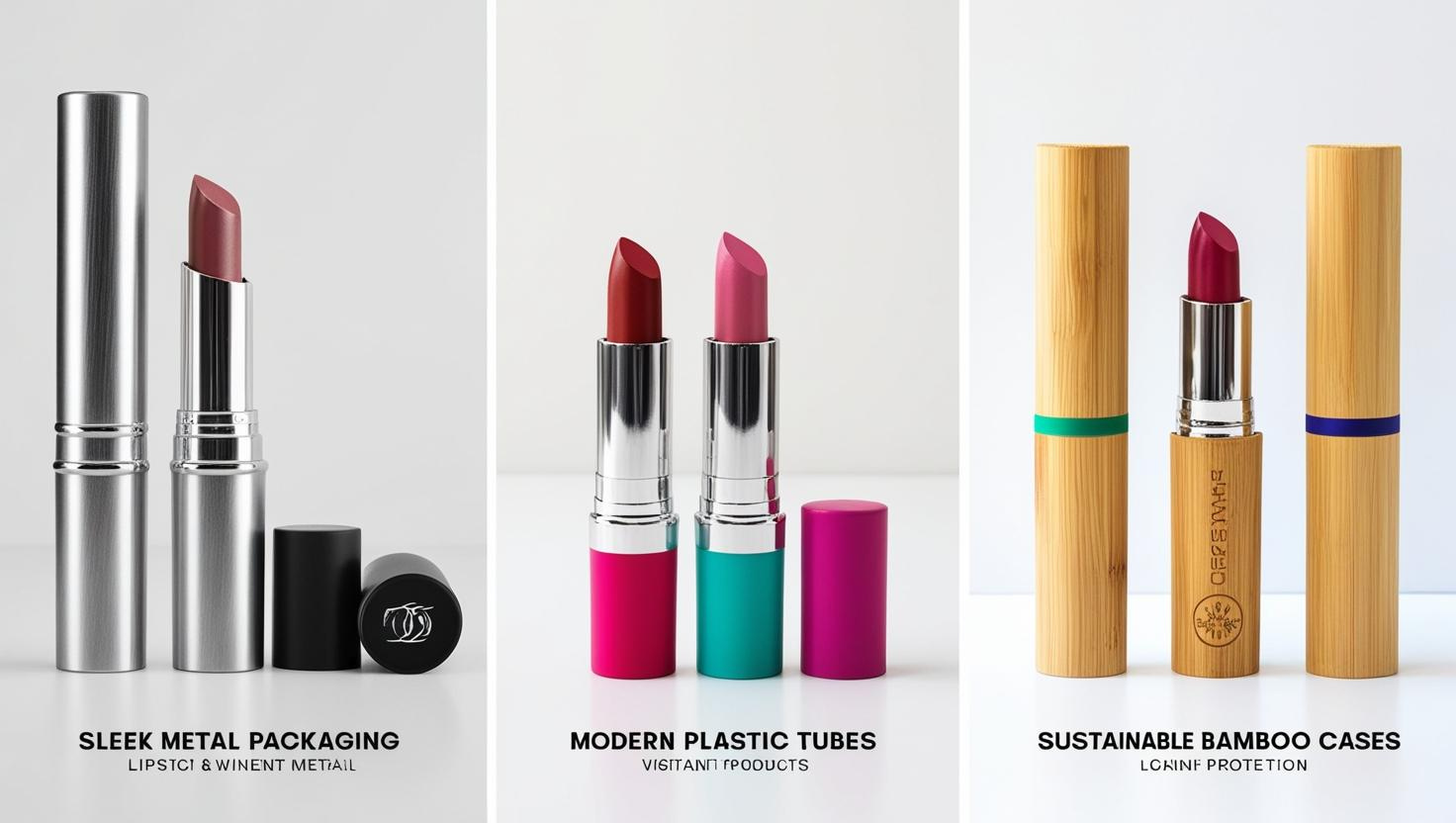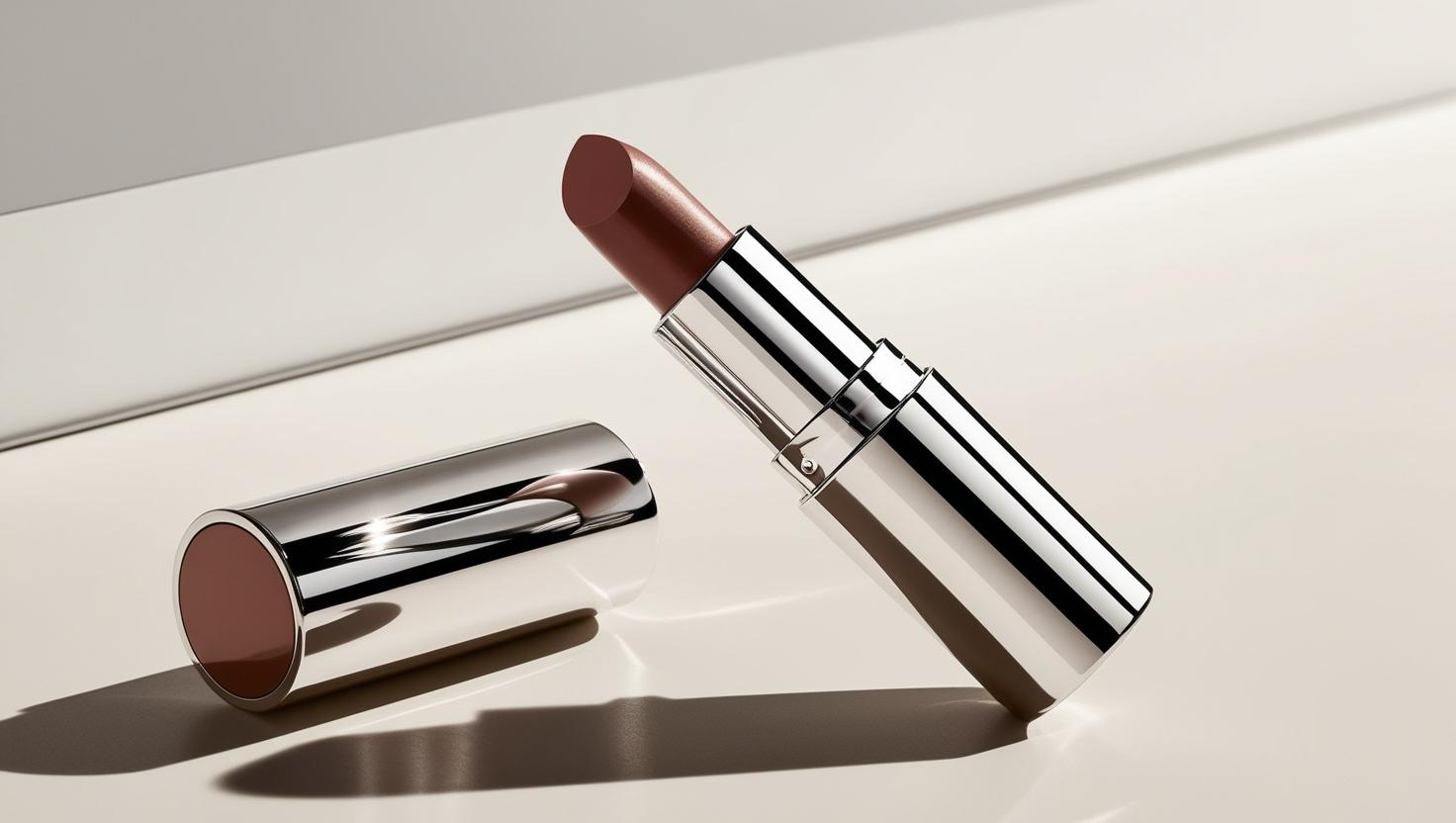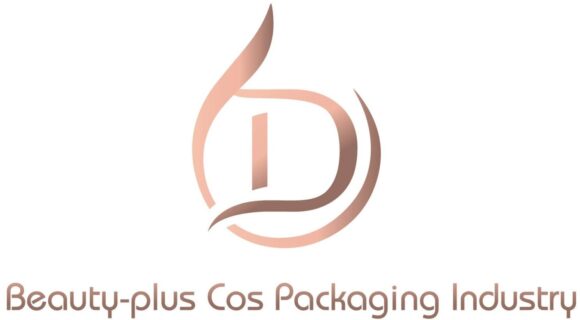
Lipstick packaging is crucial for branding, protection, and user experience. A well-designed container enhances product appeal and usability.
The best packaging solution for lipstick depends on material, functionality, and sustainability. Metal, plastic, and eco-friendly options each offer unique benefits.
Choosing the right packaging involves considering aesthetics, durability, and environmental impact. Let’s explore different options.
What Is a Lipstick Container Called?
A lipstick container is a specialized tube designed to hold and dispense lipstick easily.
It is commonly called a lipstick tube, which typically consists of a base, a twisting mechanism, and a cap.

Types of Lipstick Containers
Lipstick packaging varies based on function and style:
| Type | Features | Common Use Cases |
|---|---|---|
| Standard Tube | Classic twist-up mechanism | Most commercial lipsticks |
| Slim Tube | Sleek, pen-like design | High-end or travel-friendly lipsticks |
| Refillable Tube | Eco-friendly, reusable design | Sustainable beauty brands |
| Liquid Lipstick Tube | Transparent with a wand applicator | Glosses and liquid lipsticks |
Different brands choose different styles depending on target audience and product positioning. Learn more about different types of lipstick containers1.
What Type of Packaging Is Used for Lipstick?
Lipstick packaging is designed to be durable and visually appealing.
Common types include twist-up tubes, refillable cases, and liquid lipstick containers. Each serves a different purpose.
Primary vs. Secondary Packaging
Lipstick packaging consists of two main layers:
- Primary packaging: The actual container holding the lipstick, like plastic or metal tubes.
- Secondary packaging: External packaging like cardboard boxes, used for branding and protection.
Understanding the difference between primary and secondary packaging2 is essential for effective cosmetic packaging.
What Is the Popular Choice as a Packaging Material?
Different materials are used for lipstick packaging, but some are more popular due to durability and aesthetics.
Plastic and metal are the most commonly used materials due to cost-effectiveness and durability.
Comparison of Popular Materials
| Material | Pros | Cons |
|---|---|---|
| Plastic | Lightweight, affordable, versatile | Less eco-friendly |
| Metal | Luxurious, durable, recyclable | Higher cost |
| Glass | Premium look, sustainable | Fragile, heavier |
Plastic remains dominant due to its affordability, but metal and glass are gaining popularity in luxury markets. Explore the most common lipstick packaging materials3 for a better understanding.
What Is the Best Plastic for Cosmetic Packaging?
Choosing the right plastic ensures safety, durability, and aesthetics.
PET and PP plastics are commonly used in cosmetic packaging due to their safety, lightweight nature, and recyclability.
Breakdown of Plastic Types
- PET (Polyethylene Terephthalate): Clear, strong, and recyclable. Common in beauty packaging.
- PP (Polypropylene): Resistant to chemicals, making it ideal for cosmetics.
- ABS (Acrylonitrile Butadiene Styrene): Used in high-end cosmetic packaging for its glossy finish.
Knowing the properties of PET, PP, and ABS plastics4 helps in choosing the best material for cosmetic packaging.
What Is the Most Sustainable Packaging for Cosmetics?
Sustainability is a growing priority in the beauty industry.
Refillable containers, biodegradable materials, and recycled plastics are the most sustainable packaging options for cosmetics.
Sustainable Packaging Options
| Option | Benefits | Example Usage |
|---|---|---|
| Refillable Cases | Reduces waste, cost-effective long-term | High-end lipstick brands |
| Biodegradable Materials | Minimizes environmental impact | Paper-based or plant-derived cases |
| Recycled Plastics | Gives new life to existing materials | Eco-conscious plastic packaging |
Many brands are moving towards sustainability to reduce their environmental footprint while maintaining quality. Find out more about sustainable packaging options for cosmetics5.
Conclusion
The best lipstick packaging depends on material, function, and sustainability. Plastic remains popular, but eco-friendly options are gaining traction.
Footnotes
-
Understanding the different types of lipstick containers helps in choosing the best packaging for various lipstick products. ↩
-
Learning about primary and secondary packaging is essential for branding, protection, and regulatory compliance. ↩
-
Exploring the most common lipstick packaging materials helps businesses select the best options. ↩
-
Knowing the properties of PET, PP, and ABS plastics ensures safe, durable, and sustainable cosmetic packaging. ↩
-
Identifying sustainable packaging options for cosmetics helps brands make eco-friendly choices. ↩

